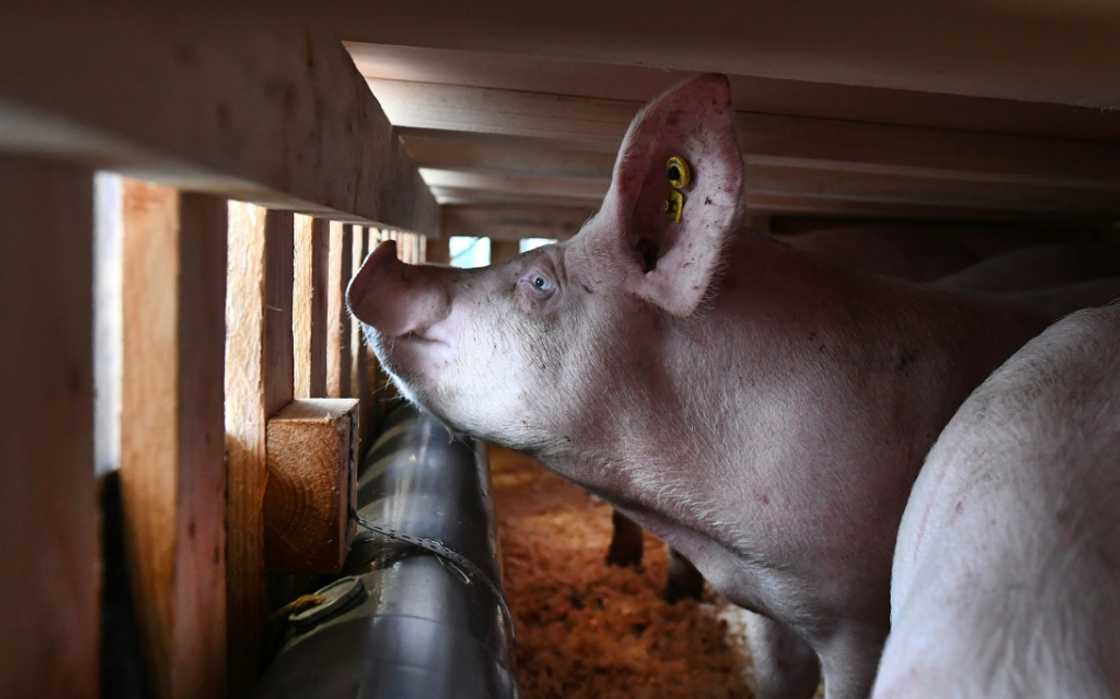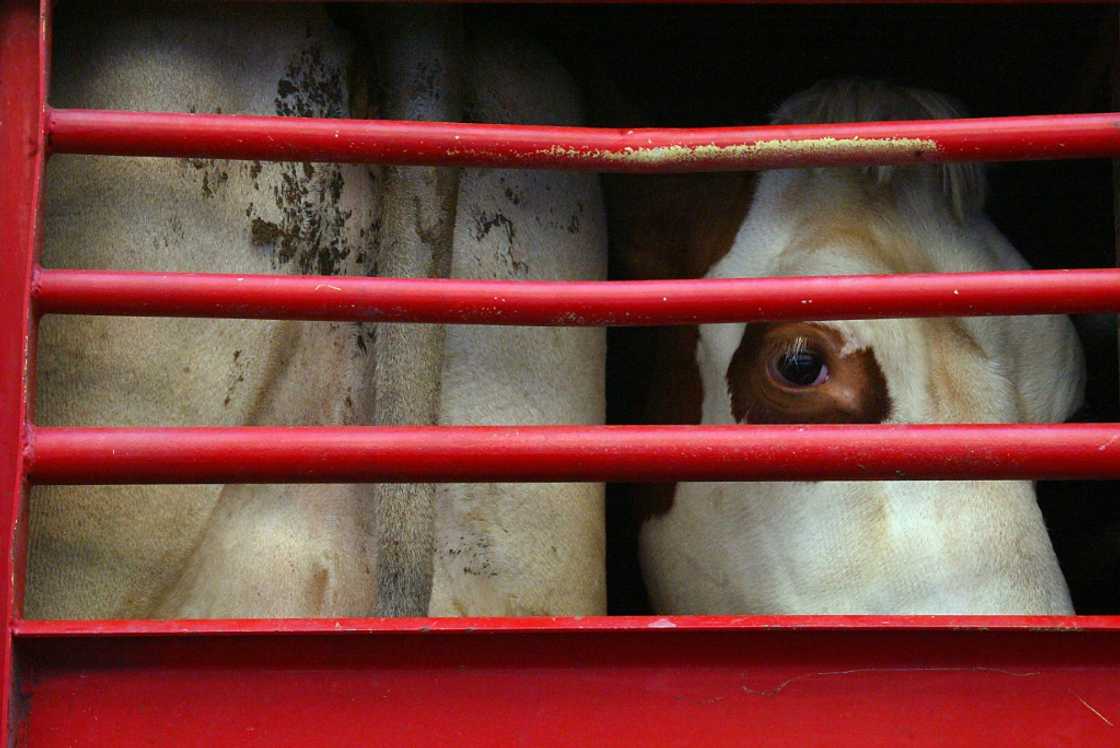A major legislative push within the European Union (EU) to enhance the welfare of animals during transport has reached a dead end, exposing deep divisions within European politics and raising questions about the future of animal rights. For two years, officials and advocates have debated a draft law that promised stricter rules for moving livestock across the continent. Today, that debate remains locked in stalemate—casting uncertainty over whether animals’ journeys will ever become safer or more humane.
The proposal, initially designed to protect animals such as cattle, sheep, and pigs from long, uncomfortable, and often stressful journeys to slaughterhouses or new farms, had three key ambitions: limit trips for slaughter-bound animals to no more than nine hours; offer animals more space on transport vehicles; and require night-time travel during episodes of extreme heat. The aim was not only animal welfare, but also improving food safety across the EU—priorities familiar to many in the agricultural sector around the world, including in Nigeria and across West Africa where animal transportation is also under scrutiny.
The journey thus far, however, has been anything but straightforward. Fierce resistance has emerged from an array of member states as well as right-leaning political groups within the European Parliament. Many of these lawmakers are treading cautiously, wary of upsetting the powerful agricultural lobbies in their countries, especially after a wave of farmer protests last year that rallied against what many described as excessive EU regulations and bureaucracy. The ripple effect of such standoffs is not limited to Europe—African farmers, policy experts, and animal rights groups often monitor these developments closely, given the trade and regulatory links between Europe and Africa.
Tilly Metz, a Green Party lawmaker from Luxembourg and a key sponsor of the draft, summed up the mood among reformers. “The situation is completely stuck. It’s very, very, very frustrating,” Metz lamented, highlighting an entrenched impasse. She attributes the pushback to concerns over the impact on intensive, large-scale farming—an approach common throughout Europe and mirrored in some large Nigerian and West African livestock operations.
“The law faces resistance because it challenges established farming practices,” Metz explained, adding that there is currently no set timeline for resolving the legislative deadlock. Nevertheless, she has vowed to persist, emphasizing Europe-wide opinion polls that suggest the majority of the public strongly supports stronger animal welfare rules.
Her co-sponsor, Romanian conservative Daniel Buda, agrees that change is needed but advocates a more measured approach. Buda has pushed for targeted reforms to the existing 2005 legislation, which he describes as “already among the most advanced worldwide.” According to Buda, “Farmers’ unions oppose the legislative proposal because farmers know the situation best—they are the ones who actually implement the rules,” he reportedly told AFP. “I cannot be deaf and blind to this reality,” he added, highlighting how reform efforts must walk a fine line between animal welfare and the realities of agricultural livelihoods.
Current EU regulations—in place since 2005—allow for livestock to be transported anywhere from eight up to 28 hours depending on the animal species, with no mandatory rest breaks for pigs. Inside trucks, permissible temperatures range between five and 30 degrees Celsius, subject to a buffer allowance of up to five extra degrees, even during Europe’s increasingly frequent heatwaves. Many Nigerian livestock transporters may find these rules surprisingly strict compared to common practice locally, but animal welfare groups in Europe insist the laws are outdated and inconsistently enforced.
Critics say the issue is not just about updating the regulations, but enforcing the ones on the books. According to Patrick Benezit, vice-president of France’s powerful FNSEA farming union, “The regulation is fairly well designed,” but suffers from poor oversight. “There aren’t enough checks,” he told reporters, echoing a refrain familiar to agricultural circles in West Africa, where enforcement gaps often undermine well-intentioned policies.
‘Out of touch’: Lawmakers Debate Disconnect Between Brussels and Rural Reality
For Benezit and others supporting the agricultural sector, the new proposals from Brussels seem disconnected from daily farming realities. He has argued—echoing a view common among livestock hauliers in both Europe and parts of Africa—that tightly packed animals during transit are less likely to injure themselves during sudden stops, a point that animal welfare groups hotly debate.
Scientific research, however, offers a different perspective. The European Food Safety Authority (EFSA) has documented that shorter journey times, lower internal vehicle temperatures, and greater space per animal significantly improve animal health outcomes—a factor that also translates into safer and higher-quality food. These findings mirror those of veterinary researchers in Nigeria and Ghana, who have called for evidence-based improvements to local livestock transport rules.
Animal welfare organisations argue that the current legislative regime is not only outdated but leaves significant loopholes. Tea Dronjic, a veterinarian with the Animal Welfare Foundation, told AFP: “Right now, the space provided for animals in transport vehicles by road is very vague, and it’s also very little.”

Photo: Fred TANNEAU / AFP/File
Source: AFP
Dronjic said the resistance from some member states is “very worrying” from an animal welfare perspective, especially as recent investigations highlighted severe cases of suffering at the EU’s borders. Her organisation’s mission to the Bulgaria-Turkey border, for instance, documented animals trapped inside trucks for days, sometimes even weeks. According to the group, footage showed bloodied sheep and cows giving birth beside vehicles—harrowing scenes that sparked international concern. Such reports resonate in West Africa, where cross-border smuggling and lengthy livestock routes also leave animals vulnerable to abuse and neglect.
Animal rights advocates are now urging the EU not only to tighten internal standards but also to reinforce border checks. This call is familiar in regional contexts—with Nigerian activists consistently campaigning for stronger anti-cruelty laws, and Ghana’s veterinary authorities reviewing the protocols for animal movement within ECOWAS corridors. The question of how best to balance economic needs with humane treatment cuts across continents.
Asked about possible next steps for the legislation, the European Commission indicated that the ball is now in the court of the EU’s lawmakers and national governments, with a progress report scheduled among EU capitals in December. “We of course hope they will be able to adopt soon,” a Commission spokesperson told AFP, though few observers expect a breakthrough before the end of the year.
For West African nations tracking these developments, the EU’s struggle provides several lessons. First, it demonstrates the complexity of reforming animal welfare practices in the face of economic and political resistance. Second, it highlights potential pitfalls for Nigeria and neighbouring countries striving to modernise their agricultural laws and export standards—especially when international market access increasingly depends on demonstrating compliance with global animal welfare benchmarks.
- Trade Implications: As Nigeria and Ghana seek to expand agricultural exports to European and global markets, stricter animal welfare laws abroad may affect which products are accepted and under what conditions.
- Public Health: Improved animal welfare often leads to improved food safety, a key issue given recent food safety scares both in Europe and Africa.
- Enforcement Challenges: The struggle to enforce existing legislation echoes common experiences in Nigeria, where regulatory gaps are perhaps more pronounced.
- Grassroots Impact: Small-scale farmers on both continents must adapt to new rules, often requiring investment in better vehicles, training, and monitoring.
In summary, the EU’s animal transport law—while stuck for now—remains at the heart of a heated debate about how societies value animal welfare versus economic and cultural priorities. For Nigerian and West African readers, the EU’s regulatory saga offers valuable insights as governments, farmers, and advocates consider how best to protect animals, support livelihoods, and participate in a changing global agricultural market.
What lessons do you think Nigeria and West Africa can draw from Europe’s experience with animal welfare reforms? Should local livestock transport regulations be tightened, or are other priorities more urgent right now? Share your thoughts in the comments below—and don’t forget to follow us for more updates on global agriculture, animal rights, and policy trends affecting Africa’s farmers and consumers.
For questions or general support, contact us at support@nowahalazone.com.
Stay connected—follow us on Facebook, X (Twitter), and Instagram for the latest news and local stories. Your opinion matters!










